Hairstyles as a Form of Social and Political Protest | A Cut Above the Noise
Hair as More Than Just Style: An Introduction
Hair is deeply personal. It's a canvas for self-expression, a reflection of our identity, and a key part of how we present ourselves to the world. But beyond aesthetics, hair has always been imbued with profound social and political meaning. Throughout history, in cultures across the globe, the way people wear their hair has served as a powerful, non-verbal declaration of their beliefs, affiliations, and resistance. Hairstyles as a form of social and political protest are not a modern phenomenon; they are a recurring theme in the human story of rebellion, liberation, and the fight for identity.
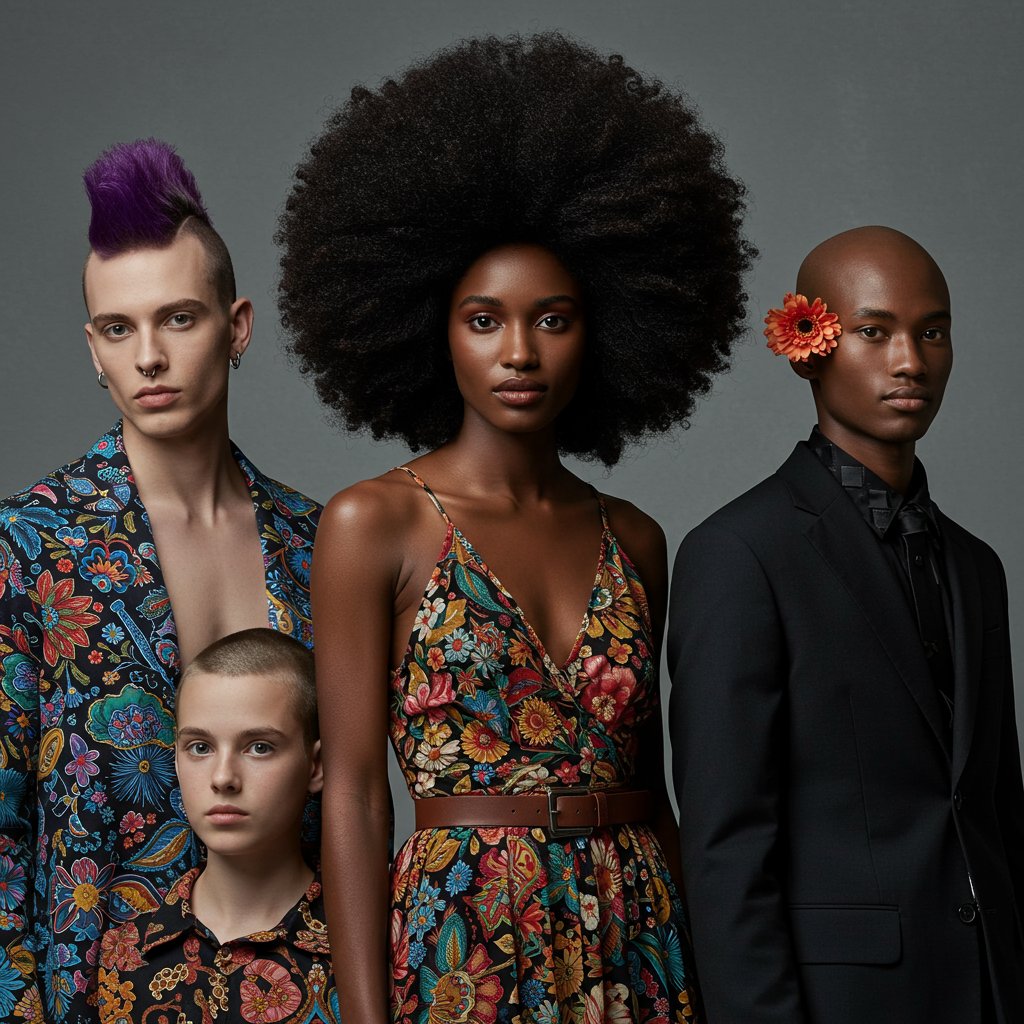
From the battlefields of ancient warriors to the protest lines of the 21st century, hair can be a flag, a weapon, and a shield. It can signify a rejection of oppressive norms, a reclamation of cultural heritage, or an act of solidarity with a cause. Choosing to wear a particular style—or to cut one's hair off entirely—can be a deeply political act, one that challenges authority and communicates dissent without uttering a single word. This post explores the rich history of protest hairstyles, examining how a simple cut or style can amplify a voice and become a symbol for a movement, proving that sometimes the most radical statements are woven right into our hair.
The Afro: A Symbol of Black Pride and Revolution
In the mid-20th century, particularly during the Civil Rights and Black Power movements in the United States, the Afro transformed from a simple hairstyle into a potent political symbol. For centuries, Eurocentric beauty standards had pressured Black individuals to straighten their hair to assimilate into a predominantly white society. The act of wearing one's hair in its natural, coiled state was a radical departure from this pressure. The Afro became a visual declaration that "Black is Beautiful," a direct challenge to systemic racism and cultural erasure.
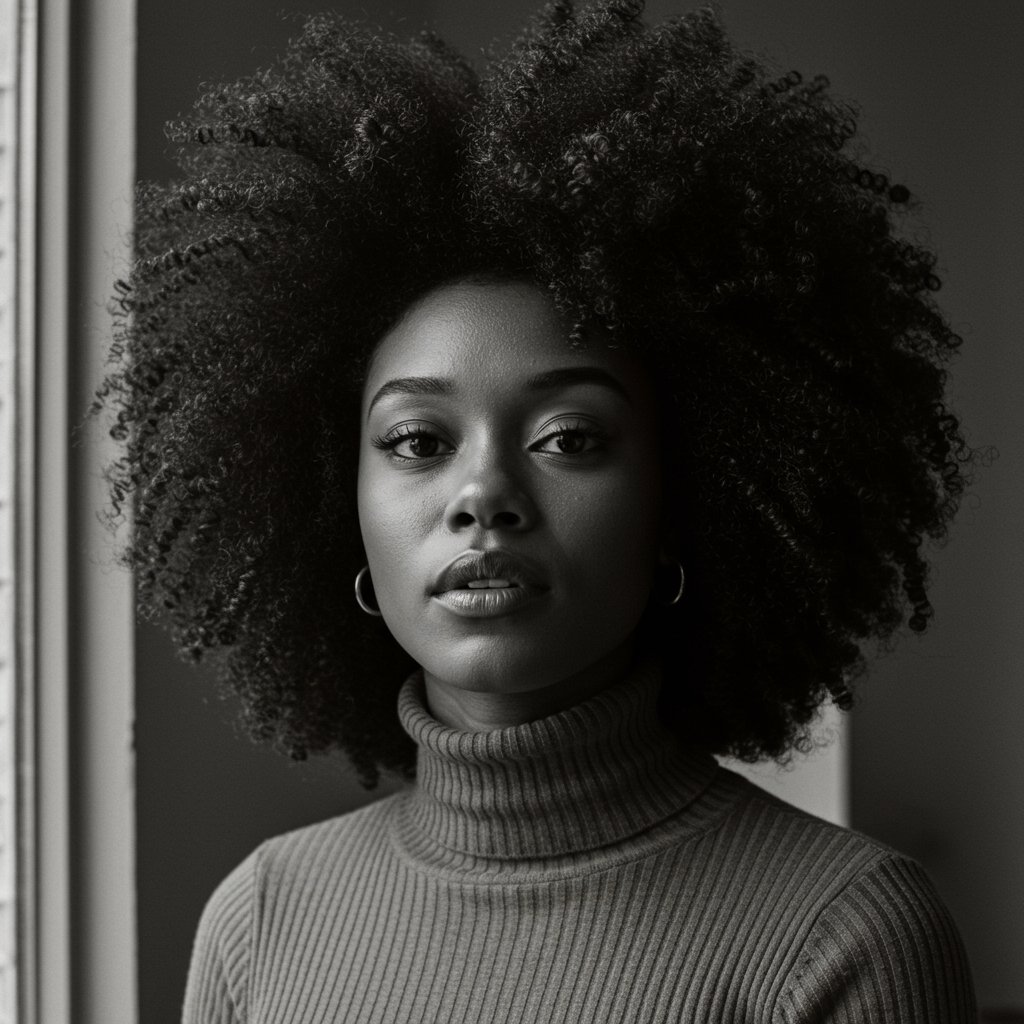
Embracing Natural Identity
Prominent activists like Angela Davis, Huey P. Newton, and Stokely Carmichael wore their hair in full Afros, making the style synonymous with Black consciousness and revolutionary thought. It was a crown of pride, a symbol of un-apologetic Blackness, and a public reclamation of African heritage. The Afro communicated a rejection of assimilationist politics and an embrace of self-love and cultural identity. This was more than a fashion choice; it was a political statement that resonated globally, inspiring Black people worldwide to embrace their natural hair texture as a form of liberation.The Politics of Hair Texture
The movement was so powerful that it sparked legal and social battles that continue today. Workplaces and schools often deemed natural Black hairstyles like Afros, braids, and locs as "unprofessional" or "unruly," a clear form of discrimination. The fight for the right to wear natural hair is a direct legacy of the Afro's political symbolism, culminating in legislation like the CROWN Act (Creating a Respectful and Open World for Natural Hair), which seeks to prohibit race-based hair discrimination. The Afro's legacy demonstrates how hairstyles as a form of social and political protest can lead to tangible legal and social change.Punk's Anarchic Aesthetic: Mohawks and Spikes Against the Machine
Emerging from the economic turmoil and social discontent of the 1970s, the punk rock movement was a raw, visceral rebellion against the status quo. Its philosophy of anti-authoritarianism, anti-consumerism, and fierce individualism was perfectly encapsulated in its aggressive and shocking hairstyles. The Mohawk, liberty spikes, and brightly dyed, disheveled cuts were not designed to be attractive; they were designed to be a visual assault on mainstream sensibilities and a clear rejection of conformity.
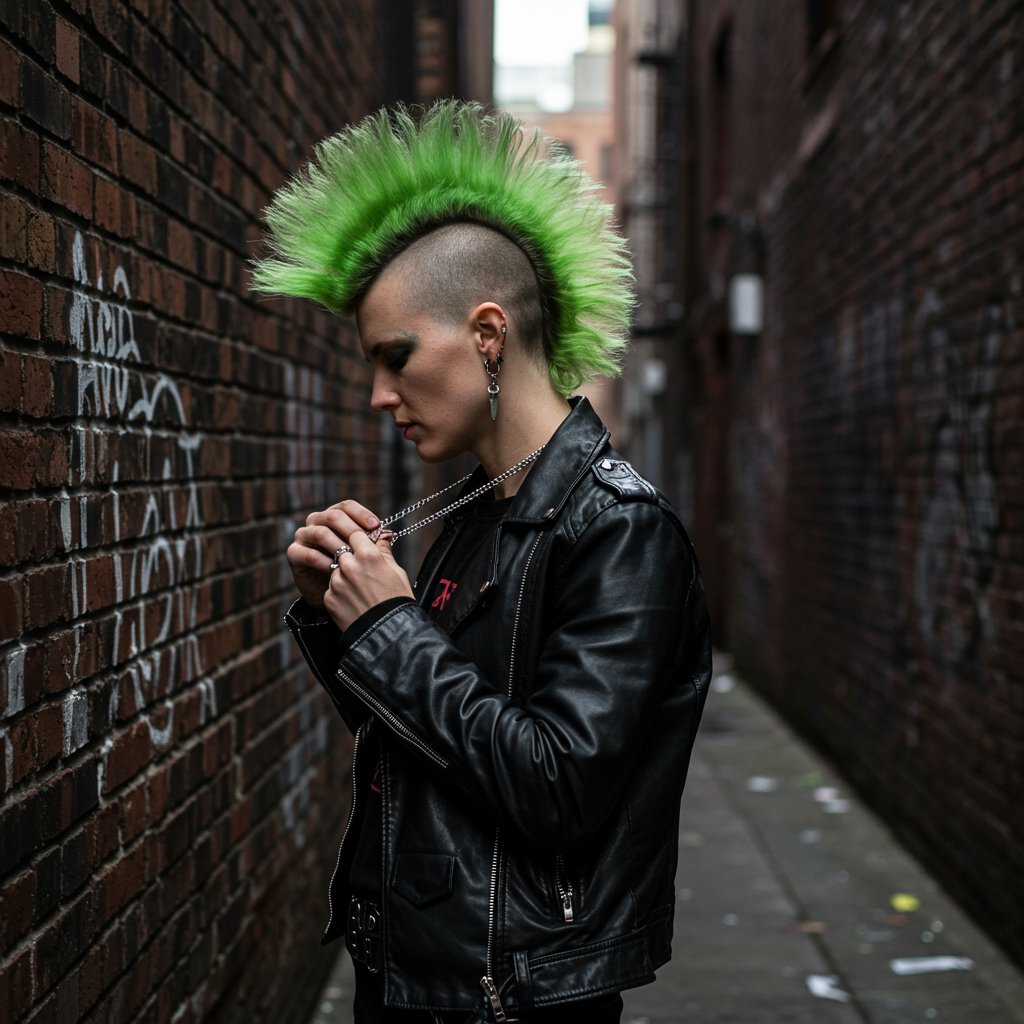
A Visual Rejection of Norms
The Mohawk, in particular, with its historical roots in indigenous warrior cultures, was co-opted by punks as a symbol of aggression and non-conformity. It was intentionally intimidating and alienating, a middle finger to the polished, palatable styles of the era. Combined with vibrant, unnatural colors—electric blue, hot pink, neon green—these styles were a deliberate statement of being an outsider. This visual disruption was a core tenet of punk: to force society to look at its own ugliness and hypocrisy by presenting an equally jarring exterior.DIY Ethos and Anti-Capitalism
Punk hairstyles were also a testament to the movement's Do-It-Yourself (DIY) ethos. Often created with cheap household products like egg whites, glue, or soap, they were accessible to the working-class youth who fueled the movement. This DIY approach was an inherent protest against the commercialism of the beauty and fashion industries. By creating their own shocking looks, punks demonstrated that identity couldn't be bought; it had to be built, shaved, and spiked into existence, making their hair a true testament to their anti-capitalist rage.The Shaved Head: Radical Solidarity and Rejecting the Gaze
A shaved head is one of the most stark and powerful hair statements a person can make. Stripping away what is often considered a primary signifier of femininity or masculinity, the act of shaving one's head can be a profound form of protest. It can symbolize purification, mourning, solidarity, or a radical rejection of societal expectations. Across different movements and moments, the shaved head has been used to convey powerful messages of defiance.
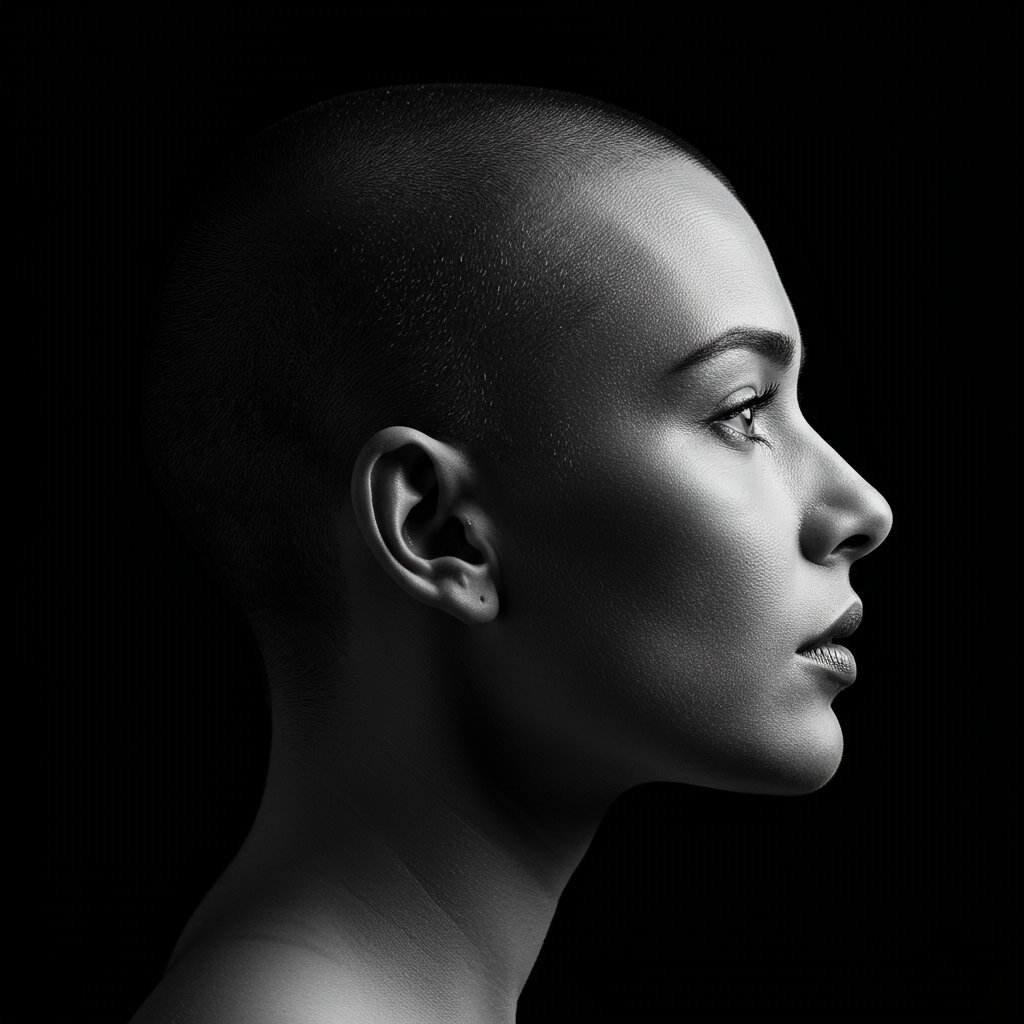
Solidarity and Empathy
One of the most common forms of protest via a shaved head is an act of solidarity. People often shave their heads to support loved ones undergoing chemotherapy, turning a symbol of sickness into one of shared strength and community. This act subverts the stigma of hair loss and creates a powerful visual bond. Beyond the medical context, activists have shaved their heads to stand with political prisoners or oppressed groups, physically embodying their support and drawing media attention to a cause in a way that speeches or petitions cannot.Rejecting Beauty Standards
For women in particular, shaving their head can be a radical act of rejecting the male gaze and conventional beauty standards. Historically, long hair has been tied to femininity and desirability. By removing it, women can reclaim their bodies from these expectations. Musician Sinéad O'Connor famously maintained a shaved head throughout her career as a protest against the music industry's attempts to sexualize her. It was her way of ensuring she was heard for her voice and her message, not judged for her appearance. This act remains a powerful tool for feminists and individuals challenging gender norms.Hippie Counterculture: Long Hair as a Flag of Peace
In stark contrast to the clean-cut, conservative look of the 1950s, the 1960s counterculture movement embraced long, natural, and often unkempt hair as a central part of its identity. For the "hippies," long hair on men was a direct and visible rebellion against the rigid social norms of their parents' generation and, most pointedly, against the Vietnam War. The military's requirement of a short, uniform haircut made long hair an immediate symbol of anti-war and anti-establishment sentiment.

A Symbol of the Generation Gap
The phrase "long-haired hippie" became a common pejorative used by conservatives, but the movement wore it as a badge of honor. Long hair symbolized a break from the corporate "rat race" and a desire for a more peaceful, natural way of life. It was often adorned with flowers, headbands, and beads, further emphasizing the movement's connection to nature and its rejection of materialism. This seemingly simple style choice became a key signifier of the "generation gap," instantly identifying an individual's political and social leanings.Hair: The Musical and Cultural Impact
The cultural significance of this protest hairstyle was immortalized in the 1967 rock musical Hair, with its anthem "Let the Sun Shine In." The play celebrated the counterculture's ideals of freedom, peace, and non-conformity, with hair as its central metaphor. The simple act of letting one's hair grow long became one of the most recognizable and enduring hairstyles as a form of social and political protest of the 20th century, proving that sometimes the most effective rebellion is to simply let things grow.Dreadlocks: Roots of Spirituality and Resistance
Dreadlocks, or locs, are a hairstyle with deep spiritual and cultural roots that have often been misinterpreted and politicized. For followers of the Rastafari movement, which emerged in Jamaica in the 1930s, dreadlocks are a sacred part of their faith, worn in accordance with the Nazarite vow in the Bible to not cut one's hair. They symbolize a covenant with God (Jah), a rejection of the colonial, materialistic world (or "Babylon"), and a connection to their African heritage.

From Spiritual Practice to Political Statement
The global popularization of reggae music, particularly through Bob Marley, brought dreadlocks to an international stage. Marley was not just a musician; he was a powerful voice for the oppressed, and his locs became an unmistakable symbol of resistance against colonialism, poverty, and racial injustice. For many, adopting dreadlocks became a way to align with these ideals of Pan-Africanism and liberation, transforming a spiritual practice into a global political statement.The Debate Over Cultural Appropriation
Today, the cultural significance of dreadlocks remains potent, but it is also fraught with complexity. The style's adoption by people outside of the Black diaspora has sparked important conversations about cultural appropriation. When a hairstyle with such deep historical and spiritual meaning is treated as a mere fashion trend, it can dilute its power and disrespect its origins. The ongoing debate highlights the importance of understanding the history behind hairstyles as a form of social and political protest and recognizing that for many, hair is not just an accessory but a sacred part of their identity and struggle.A Single Cut, A Global Uprising: Hair in the 'Woman, Life, Freedom' Movement
One of the most powerful recent examples of hairstyles as a form of social and political protest erupted in Iran following the death of Mahsa Amini in 2022. Amini died in custody after being arrested by the country's "morality police" for allegedly wearing her hijab improperly. In response, women across Iran and the world began defiantly removing their headscarves and publicly cutting their hair in protest.
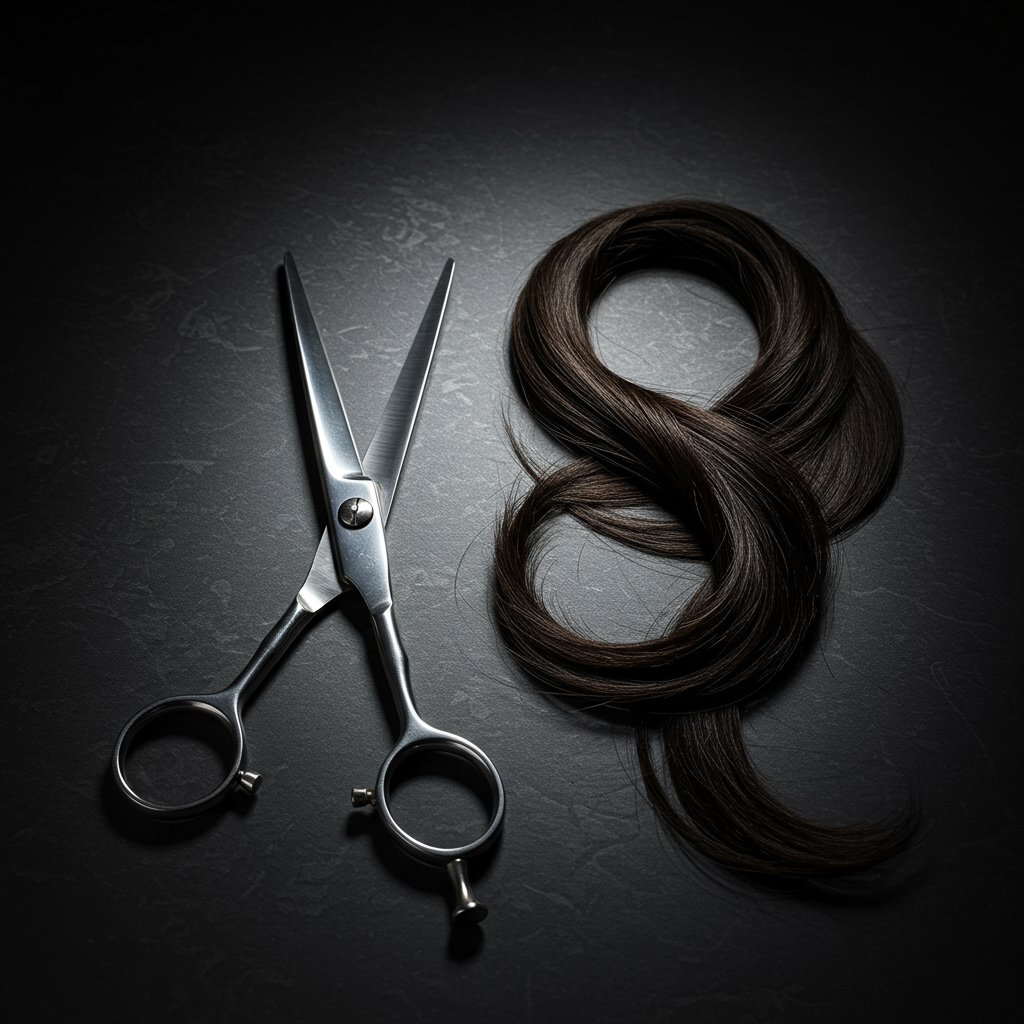
A Visceral Act of Defiance
The act of a woman cutting her hair has deep roots in Persian literature and culture as a symbol of mourning and protest. In the context of the 'Woman, Life, Freedom' movement, it became a visceral and globally understood symbol of rage against the oppressive regime and its mandatory hijab laws. Videos of women shearing off their ponytails in crowded streets, often to the cheers of onlookers, went viral, creating a powerful visual language for the uprising. This act was a direct reclamation of bodily autonomy and a rejection of state control over women's bodies.Global Solidarity Through a Single Action
The protest quickly spread beyond Iran's borders. Women and men worldwide, including high-profile celebrities and politicians, cut locks of their own hair in solidarity. This simple, powerful gesture transcended language and cultural barriers, creating a unified global front against tyranny. It demonstrated how a deeply personal act, when performed collectively, can become an unstoppable force for change, solidifying its place in the history of hairstyles as a form of social and political protest.Making Your Mark: How to Use Your Hairstyle as a Personal Statement
Inspired by this powerful history, you might consider how your own hair can be a tool for self-expression and making a statement. While you may not be starting a revolution, your hair can be a reflection of your values, beliefs, and personal journey. Consulting with an experienced stylist at a professional salon can help you translate your ideas into a look that is both meaningful and beautifully executed.

Tips for a Statement Style:
- Define Your Message: What do you want to say? Are you challenging gender norms, embracing your natural texture, or celebrating a new chapter in your life? Having a clear intention will guide your style choices.
- Embrace Bold Color: Unconventional colors—from pastels to neons—can be a joyful and rebellious way to stand out and express your creativity. A professional colorist can help you achieve the perfect shade while protecting the health of your hair.
- Try a Dramatic Cut: An asymmetrical cut, an undercut, or even a full head shave can be a liberating experience that challenges conventional beauty standards. Discuss the possibilities with a stylist who understands edgy and avant-garde looks.
- Celebrate Your Natural Texture: For many, the most powerful statement is simply embracing the hair that grows naturally from their head. Learning to care for and style your natural curls, coils, or waves can be a profound act of self-love and a rejection of homogenizing beauty ideals.
Frequently Asked Questions About Protest Hairstyles
Why is hair so often used in political protest?
Hair is highly visible, deeply personal, and culturally significant. Because it's literally part of our bodies, modifying it is a powerful, non-verbal way to communicate identity, affiliation, or defiance. It's a silent protest that can't be easily ignored.Can a hairstyle still be a protest if it becomes trendy?
Yes, but its meaning can become complicated. When a protest style like the Mohawk becomes a fashion trend, its original anti-establishment message can be diluted. However, the original intent and history remain, and for many, the style can still hold personal political meaning.What is the CROWN Act?
The CROWN Act (Creating a Respectful and Open World for Natural Hair) is a law passed in several US states that prohibits race-based hair discrimination in workplaces and schools. It's a direct response to the long history of penalizing Black individuals for wearing natural hairstyles like Afros, braids, and locs.Are there examples of protest hairstyles outside of Western cultures?
Absolutely. The Iranian 'Woman, Life, Freedom' movement is a powerful recent example. Historically, the queue hairstyle forced upon Han Chinese men during the Qing dynasty was a symbol of submission, and cutting it was an act of rebellion. Many cultures have deep traditions where hair signifies status, spirituality, and defiance.How can I learn more about the history of a specific hairstyle?
Researching the cultural origins of a hairstyle is crucial, especially before adopting a style from a culture that is not your own. Look for academic articles, documentaries, and voices from within that culture to understand the style's history, significance, and proper context.The Enduring Power of Hair as Protest
From the defiant crowns of the Black Power movement to the shaved heads of solidarity, the history of hairstyles as a form of social and political protest is rich, diverse, and ongoing. Hair is far more than a matter of aesthetics; it is a powerful medium for our most deeply held beliefs. It tells the story of our struggles, our triumphs, our heritage, and our hopes for a more just world.
Whether it's the quiet rebellion of embracing your natural texture or a loud, colorful declaration against the status quo, our hair choices have power. They connect us to a long lineage of individuals who have used their appearance to challenge authority, reclaim their identity, and demand to be seen and heard. The next time you consider a new style, remember the profound history woven into the very strands of our hair. It’s a reminder that sometimes, the most potent revolutions begin not with a bang, but with a snip.


